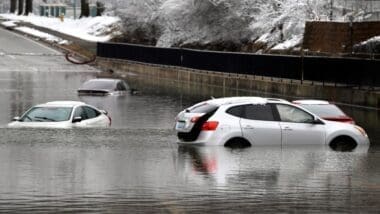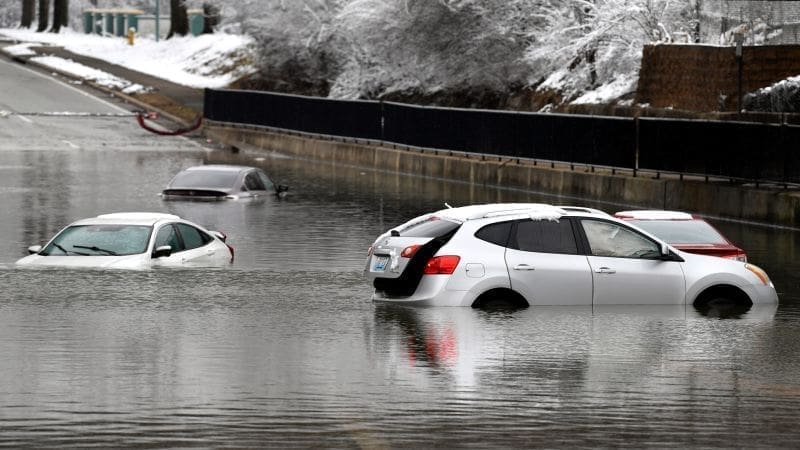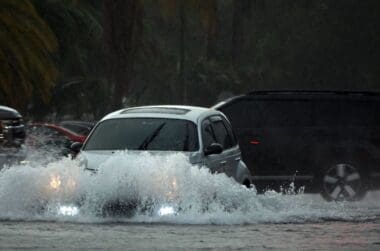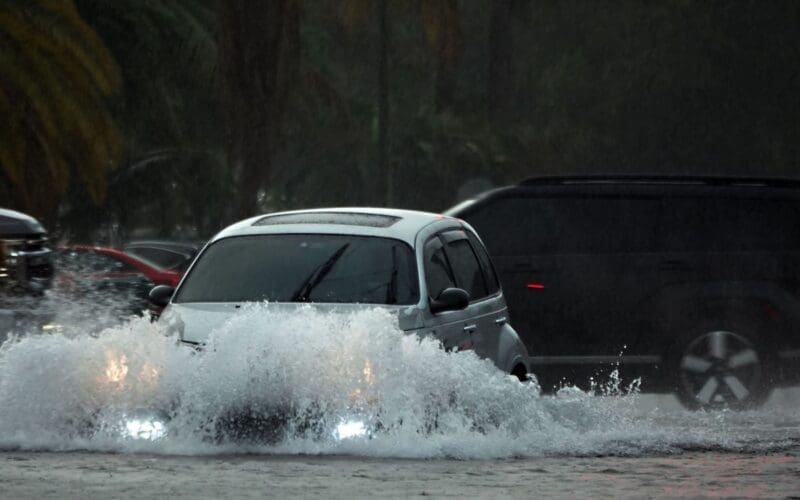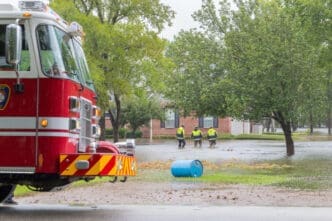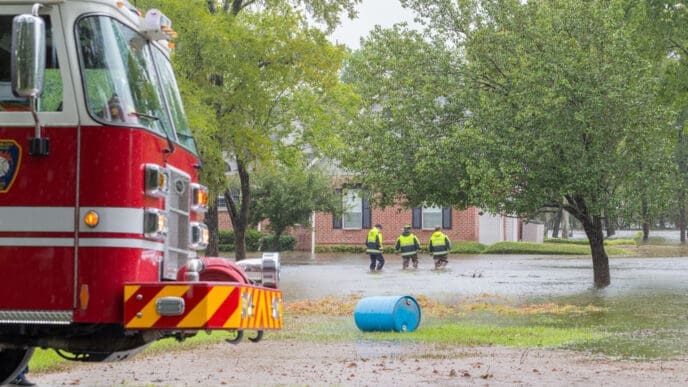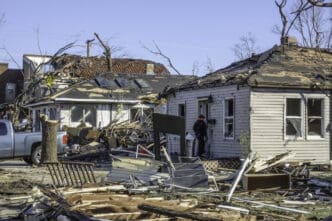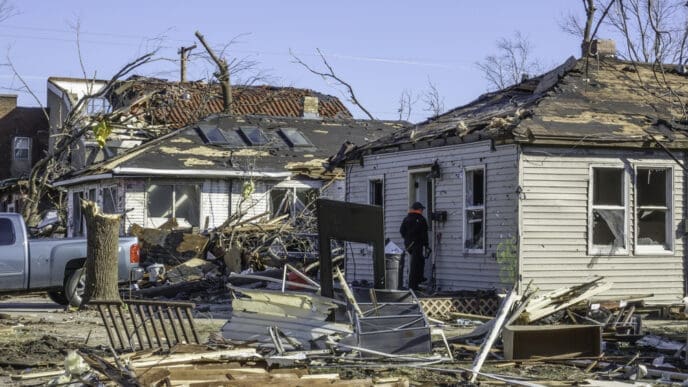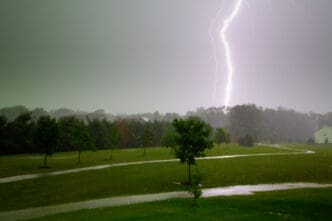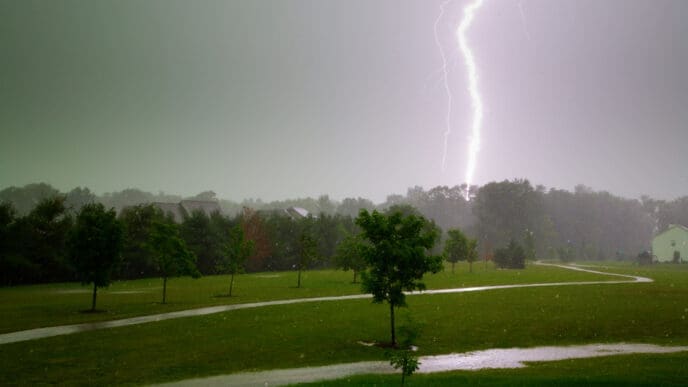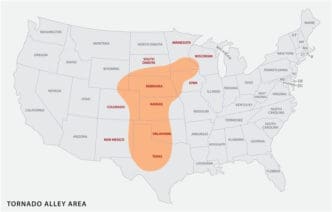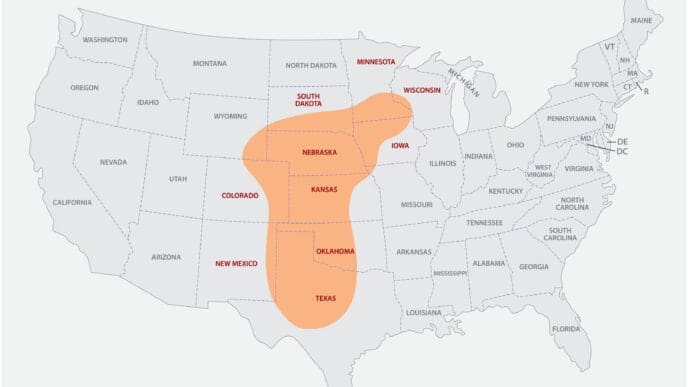The European Drought Observatory’s latest report highlights severe drought conditions impacting southern, eastern, and central Europe. The Iberian Peninsula is experiencing the most critical situation, marked by multiple red warnings due to alternating droughts and intense precipitation during winter and spring. In 2023, Spain emerged as the most severely affected, with 34,000 square kilometers under drought, followed by Poland with 24,000 and Lithuania with 20,000 square kilometers.
Orange warnings have been issued across extensive areas of Italy, Greece, Cyprus, Poland, Belarus, Ukraine, as well as parts of Ireland, Scotland, Germany, and France. Among these, Cyprus is facing an especially dire situation. The escalating use of water resources has not alleviated the pressure. According to the latest Water Exploitation Index, freshwater consumption has reached a record high of 5.8% of the available resources, with figures above 20% typically indicating water scarcity. Cyprus, in particular, is using 71% of its freshwater resources, followed by Malta and Romania with 34% and 21% respectively.
Conversely, Latvia, Croatia, Sweden, Slovakia, Lithuania, Slovenia, Finland, and Luxembourg have recorded WEI+ index values under 1%, suggesting they are not currently experiencing water stress. Over the past decade, Italy has reported the highest increase in freshwater usage, nearly 7%, followed by Turkey at almost 6% and Malta at 4%.
The European Environment Agency projects that by mid-century, Europe will see more frequent and intense heatwaves and droughts. Consequently, timely adjustments in land management practices and effective implementation of EU and national adaptation strategies are deemed essential.
In response, the Med9 countries, which include France, Croatia, Cyprus, Greece, Italy, Malta, Portugal, Slovenia, and Spain, have proposed several strategies to combat drought. These include the adoption of smart irrigation systems, crop-protection technologies, water conservation systems, and the use of genetically modified crops. However, the European Investment Bank emphasizes the importance of enhancing wastewater recycling. A significant portion, over 80%, of wastewater is currently wasted, according to the bank’s water expert, Maria Diamanti. She advocates for the revaluation of wastewater as a valuable resource for water, nutrients, and energy, urging a priority shift towards wastewater resource recovery.
The Bottom Line
The drought conditions across Europe have far-reaching implications for communities, industries, and the environment. For residents, these conditions may lead to stricter water usage regulations, impacting daily activities such as gardening, car washing, and even personal water consumption. Industries that rely heavily on water, such as agriculture and manufacturing, may face operational challenges, potentially leading to increased costs and reduced productivity.
In the broader context, the increased frequency of droughts and heatwaves could lead to shifts in regional agricultural practices, affecting food supply and prices. Communities may need to adapt by implementing water-saving technologies and practices. On a policy level, governments are likely to prioritize investments in water infrastructure and recycling technologies to mitigate future drought impacts and ensure sustainable water management.


